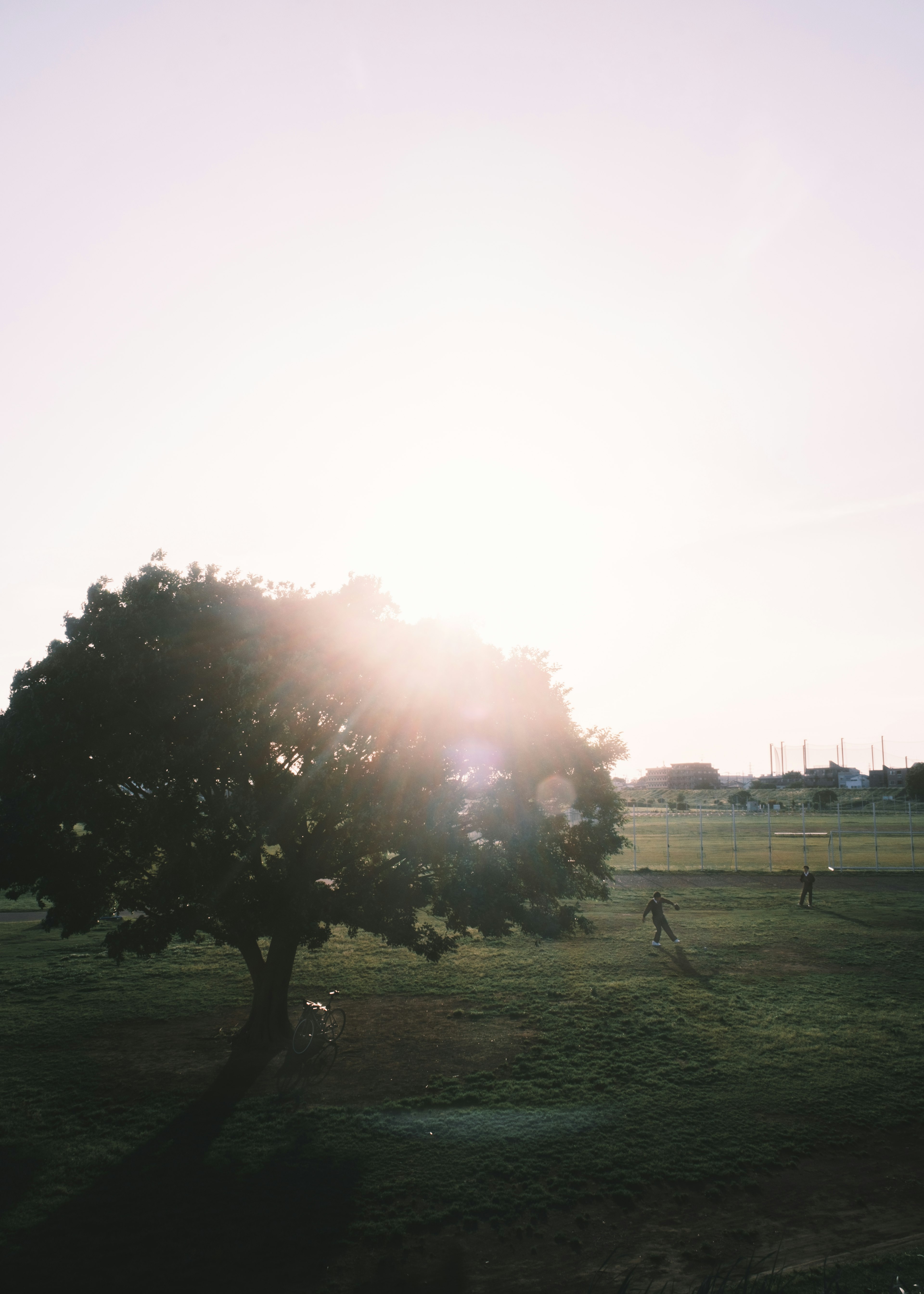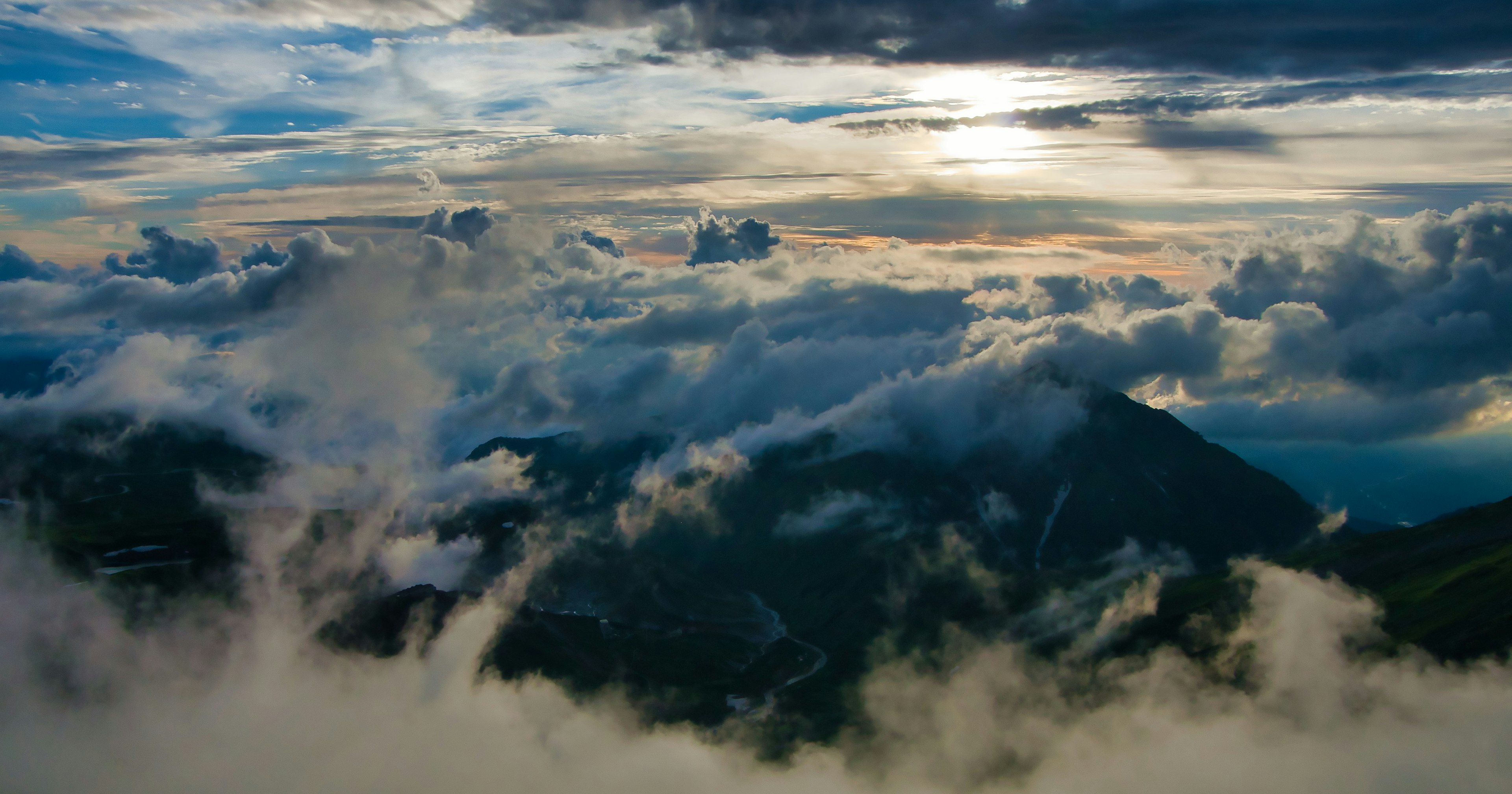
Cover photo by Shun
Knowing the limits of your camera's ISO sensitivity is not just technical knowledge; it's a crucial factor that significantly affects your shooting results. By setting the ISO appropriately, you can capture beautiful and sharp images even in dark scenes or with moving subjects.
This time, we introduce test methods to find ISO limits and practical advice to understand the impact of noise and improve your photography.

Find the Noise 'Sweet Spot' with ISO Sensitivity Tests
First, conduct ISO tests to find your camera's 'sweet spot' for detail and color retention while minimizing noise. This test requires a well-lit subject.

Gradually increase the ISO sensitivity and observe the point where noise appears in the image. For example, with a Canon R5, you can get clear images with almost no noise up to ISO 1600, but colors start to degrade beyond ISO 6400. Knowing these characteristics allows you to shoot with awareness of the limits while leaving room for flexibility.
Understand Noise Zones and Choose Settings for Your Needs
Noise appearing in images due to ISO sensitivity can be classified into three zones: 'Ideal', 'Compromise', and 'High Noise'.

In the Ideal zone, details are sharp and noise is not noticeable, suitable for portraits or product photography where detail is essential. The Compromise zone includes manageable noise for use in social media posts or small prints, useful for event photography with movement. The High Noise zone, with significant noise, is limited to art or monochrome styles, allowing for unique expressions.
Benefits of ISO Testing and Shooting Efficiency
Specifications and graphs only provide theoretical guidelines; nothing is as reliable as knowing the characteristics of your equipment through actual testing. By practicing with incremental changes in ISO sensitivity, you can determine the optimal settings for each shooting scene.
This helps avoid unnecessary shooting and image quality degradation, enabling you to approach any shooting scene with confidence.



